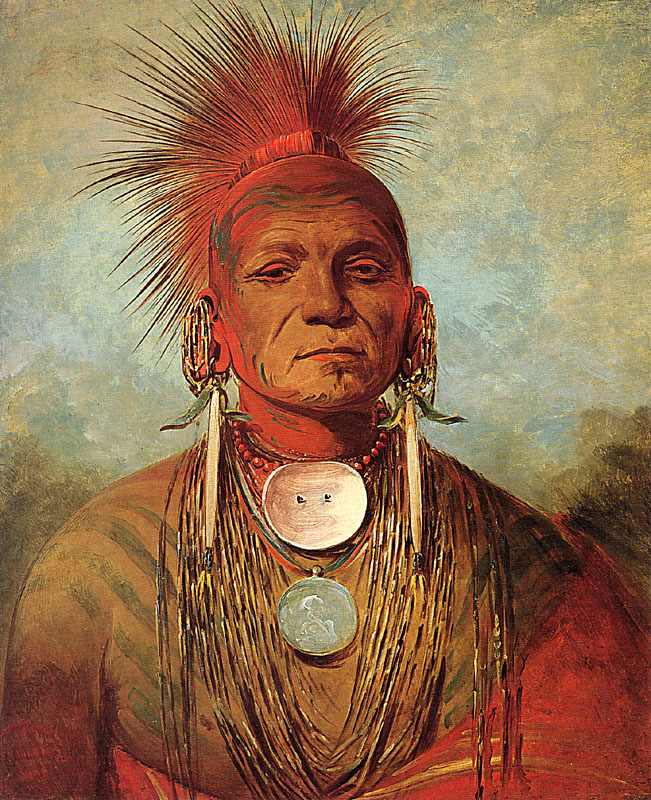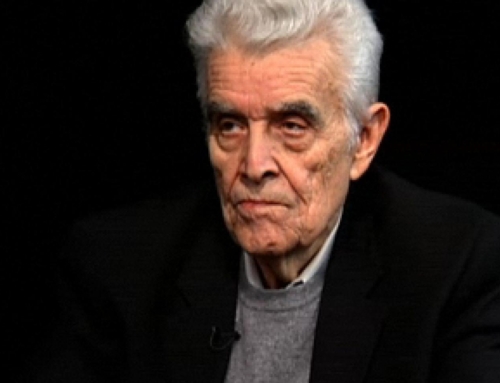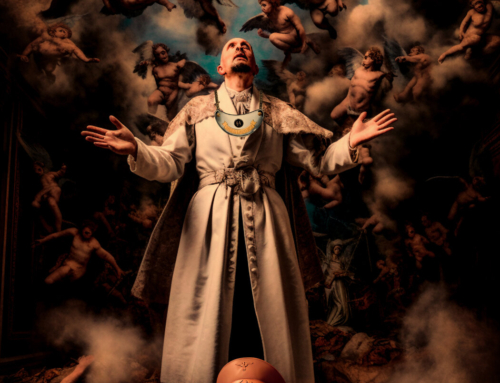I can’t help feeling that the agenda of the Amazon Synod is driven not only by concern for the environment, but also by a sentimental attitude to the indigenous peoples. The idea of the “noble savage” has been around for a long time, and this fascinating article goes into the history of the concept. I won’t bore you with the details. Those who are interested can follow the link. Suffice it to say that the idea of the noble savage really took off as European colonialism expanded.
Wherever they went, the Europeans discovered indigenous peoples and they had to decide what to do about it. We are all aware of the atrocities committed by the colonial powers. Indigenous people were wiped out with massacres, their populations were decimated by diseases transferred from the Europeans against which they had no immunity, they were enslaved, deported, driven from their land and eliminated if they were deemed to be in the way.
Why did these nominally Christian people commit such atrocities? Because they did not believe the indigenous people to be fully human. They were a sub species. The Calvinist settlers of New England, for example, did not evangelize the native people because they didn’t reckon they had souls. Reports from the early explorers to Africa indicate that they considered the native people to be just a somewhat higher form of the chimpanzees and gorillas they had also discovered.
The response to such ignorance which led to the atrocities was to go to the other extreme. The indigenous people were innocent, unspoiled land still living in Eden. It was the Europeans who were the true barbarians.
During the late 16th and 17th centuries, the figure of the “savage” — and later, increasingly, the “good savage” — was held up as a reproach to European civilization, then in the throes of the French Wars of Religion and Thirty Years’ War. In his famous essay “Of Cannibals” (1580),[9] Michel de Montaigne — himself a Catholic — reported that the Tupinambá people of Brazil ceremoniously eat the bodies of their dead enemies as a matter of honour. However, he reminded his readers that Europeans behave even more barbarously when they burn each other alive for disagreeing about religion (he implies): “One calls ‘barbarism’ whatever he is not accustomed to.”
Thus the idea of the noble savage began to get some traction, and the image has echoed down to our present age. Now we who enjoy the benefits of modern technology and an ordered society are the true barbarians because we are destroying the natural world with our consumerism and greed. The indigenous people show us the way. They are the ones who are living in harmony with Pachamama–Mother Earth. In their Edenic innocence they live in a beautiful integration with the natural world.
But of course, this wasn’t true. While there were some tribes that were peaceful hunter gatherers, most indigenous peoples followed dark belief systems. Trapped in cycles of revenge and superstitious animism, many tribes were warlike, violent, cannibalistic and truly horrific.
The opposite image to the noble savage is something that might be called “the urban savage”. In this concept it is the modern urban, supposedly civilized person who is the true savage. Just beneath the veneer of his good manners and ordered life the bloodthirsty savage lurks. Given the right conditions we too would revert to primitive tribalism. This concept was brought to life brilliantly in William Golding’s The Lord of the Flies in which a group of English schoolboys, stranded on an island soon turn into bloodthirsty barbarians.
But of course, both ideas–the noble savage and the urban savage–are simplistic generalities and like all generalities, they express a truth and a lie at the same time.
The fact of the matter is both the human in the jungle and the human in the city are pretty much alike, and it is only a traditional Christian anthropology that can make sense of the conundrum.
The error in the concept of the noble savage is that human beings are good. The error in the concept of the urban savage is that human beings are bad.
Christian theology affirms that human beings were created good because they were created in the image of God and God cannot make anything bad. The human in the Amazon and the human in Manhattan are both eternal beings created good. However, both the savage in the jungle and the savage in the city have fallen from that goodness and are, in their natural condition, unredeemed and in bondage to sin and the slavery of Satan.
As such, both characters are noble and both are ignoble. Both are sinners. Both could be saints. It is the Christian faith that establishes this reality and offers the necessary redemption.
This is the essential error of the modernist theologians who are pushing their agenda at the Amazonian synod. Infected with the false optimism of universalism, they imagine that the Amazonian peoples are noble savages who do not need to be converted. The Austrian missionary bishop who brags that he hasn’t baptized anyone for decades speaks for the predominant attitude at the synod.
It is not racist or colonialist or imperialist or domineering to suggest that the indigenous people of Amazonia are sinners who need to be converted, have faith in Jesus Christ and be baptized.
They need to hear the good news of the gospel and respond with joyful faith and find redemption and the path to holiness and wholeness….
…Just like their brothers and sisters in Metropolis.
True evangelization regards all humanity with pity, not with blame. We look on all God’s children as lost children searching for the way home. Sharing the Christian faith is an action of compassion that recognizes the dignity and worth of each living soul. It is no less than sharing the good news.
Which is what the word “gospel” means.







Well said Fr. Longenecker. I expect the German bishops also would agree with all you said here. But they can use this synod as a tool to foster the changes in the Church they’ve been fighting for over the years.
If you ask a First Nations person in British Columbia or Alberta what they are, they might tell you that they are a Presbyterian -and- a shaman. Protestant missionaries who chopped down their totem poles may have convinced them of the gospel, but they left them with a divided heart. If you ask a native Alaskan what they believe, they will tell you most often without confusion that they are Orthodox Christians. This is not the result of sloppy syncretism or undisciplined ecumenism but the result of the very unique way in which the Alaskans were converted by Saint Herman and others who lived amongst them and shared in their lives. Considering the confusion which reigns in the rest of the world today, Alaska is starting to look pretty good.